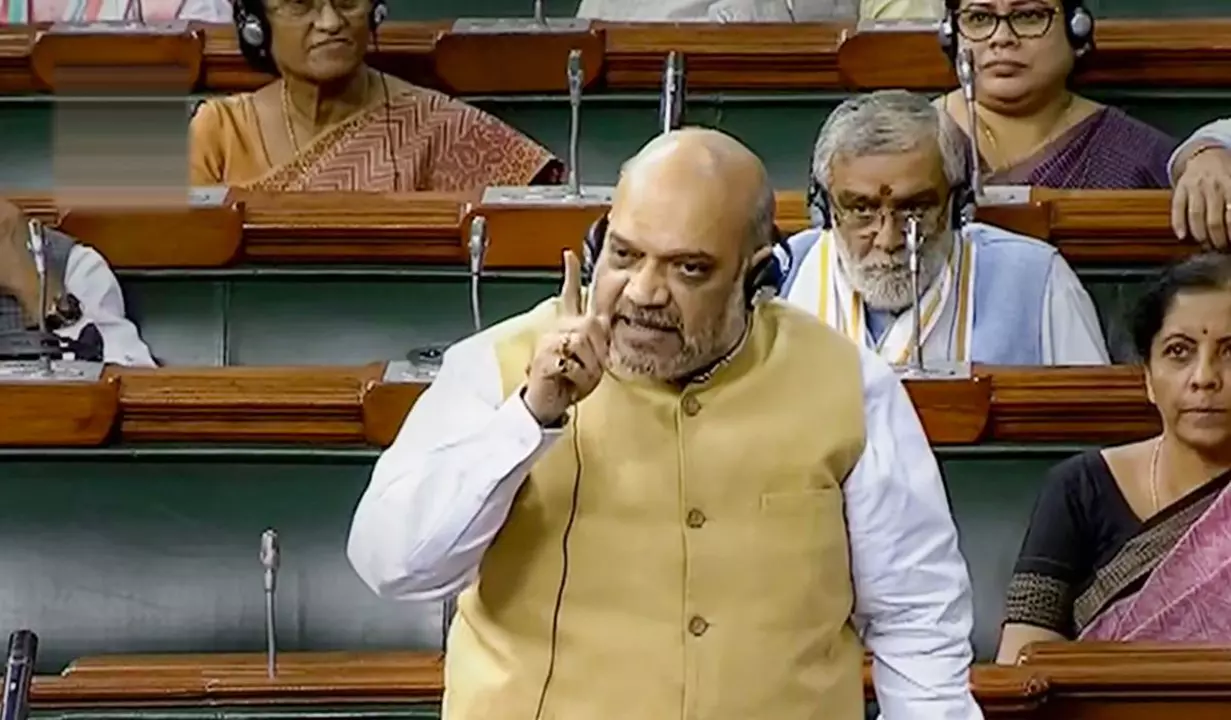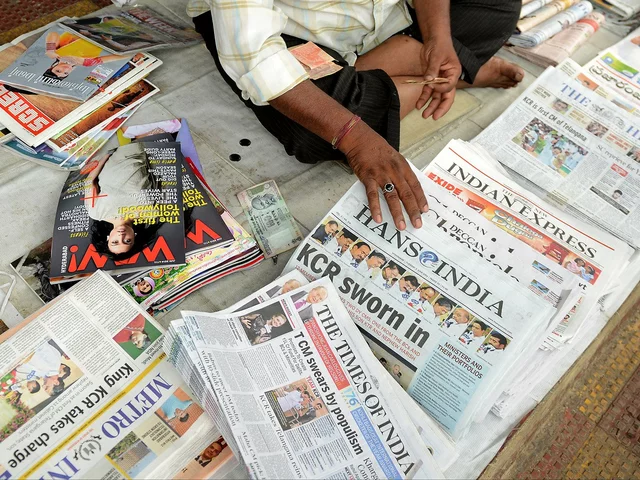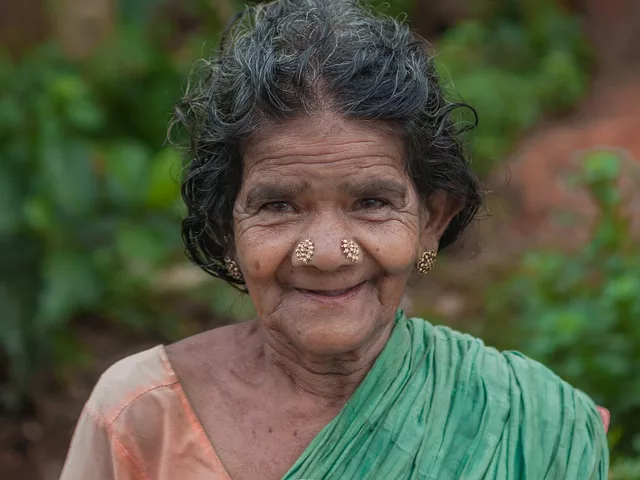Political Issues You Should Know
Politics isn’t just headlines; it’s the daily decisions that affect our lives. From court rulings to media narratives, every angle matters. In this guide we’ll break down the hot topics that are buzzing right now, especially in India, and give you the facts you need to form your own opinion.
What’s Happening with India’s Supreme Court?
The Supreme Court of India has been under fire for alleged hypocrisies. Critics point to controversial appointments, perceived biases in verdicts, and a lack of transparency in some decisions. While no institution is perfect, the court’s role in upholding the constitution is crucial. Understanding the specific cases that sparked debate helps you see whether the criticism is fair or just political heat.
PM Modi’s Take on Political Dynasties
Prime Minister Narendra Modi recently called political dynasties the biggest enemy of democracy. The comment sparked a national conversation about legacy power versus merit‑based leadership. Some see it as a genuine call for change; others view it as a political jab at opponents. Look at real‑world examples, like families that have ruled states for generations, and ask yourself if dynastic politics truly hinders democratic growth.
Another big issue is media bias. Outlets like India Today are often accused of leaning one way or another. When you read a story, check who’s quoted, what data is used, and whether opposing views are presented. A balanced approach doesn’t mean the news is neutral all the time, but it does mean you get a broader picture.
The Indian Air Force’s aging fleet is also in the spotlight. Outdated aircraft, spare‑part shortages, and maintenance gaps have led to several incidents. The government says new planes are on the way, but the timeline matters. Knowing the details—how old the jets are, which models are most affected, and the budget allocated—helps you gauge how serious the problem is.
Poverty remains a stubborn challenge. Rapid population growth, limited job opportunities, and social inequality create a cycle that’s hard to break. Rural‑urban gaps, education deficits, and corruption add layers to the problem. Seeing the numbers—like the percentage of people living below the poverty line—makes the issue less abstract and more urgent.
Finally, consider how these topics intersect. A biased media can shape public perception of the Supreme Court, while political dynasties may influence policy decisions about defense spending or poverty alleviation. Connecting the dots gives you a clearer view of the bigger picture.
So, what can you do? Start by following multiple sources, ask critical questions, and discuss these issues with friends or online communities. The more you engage, the better you’ll understand the forces shaping your country.
Stay curious, stay skeptical, and keep the conversation going. Political issues aren’t static; they evolve with every election, court case, and policy shift. By staying informed, you become part of the solution rather than just an observer.





